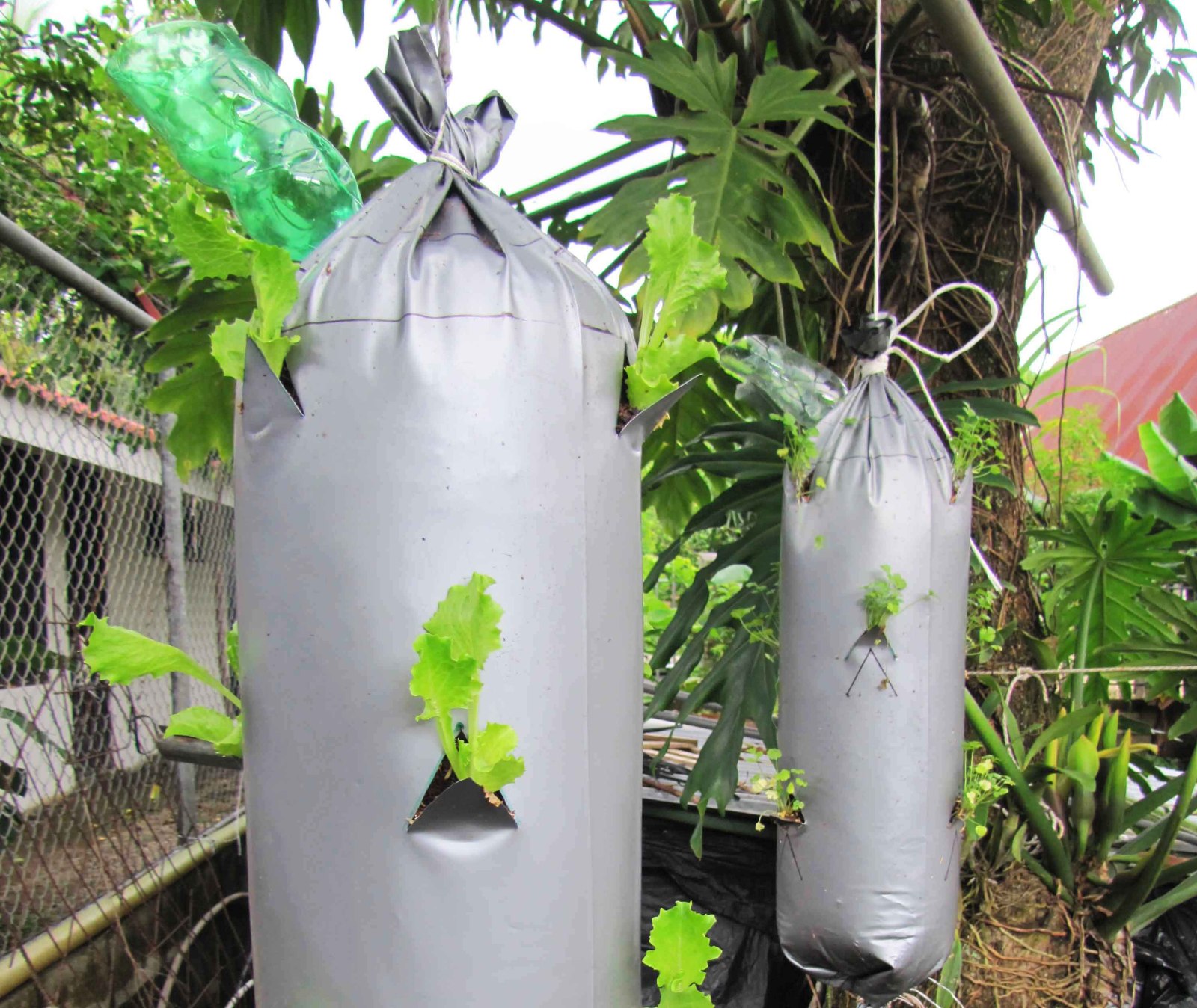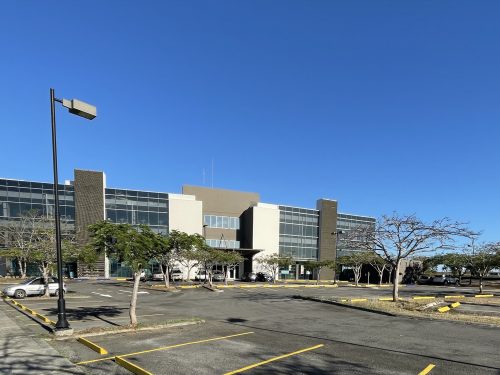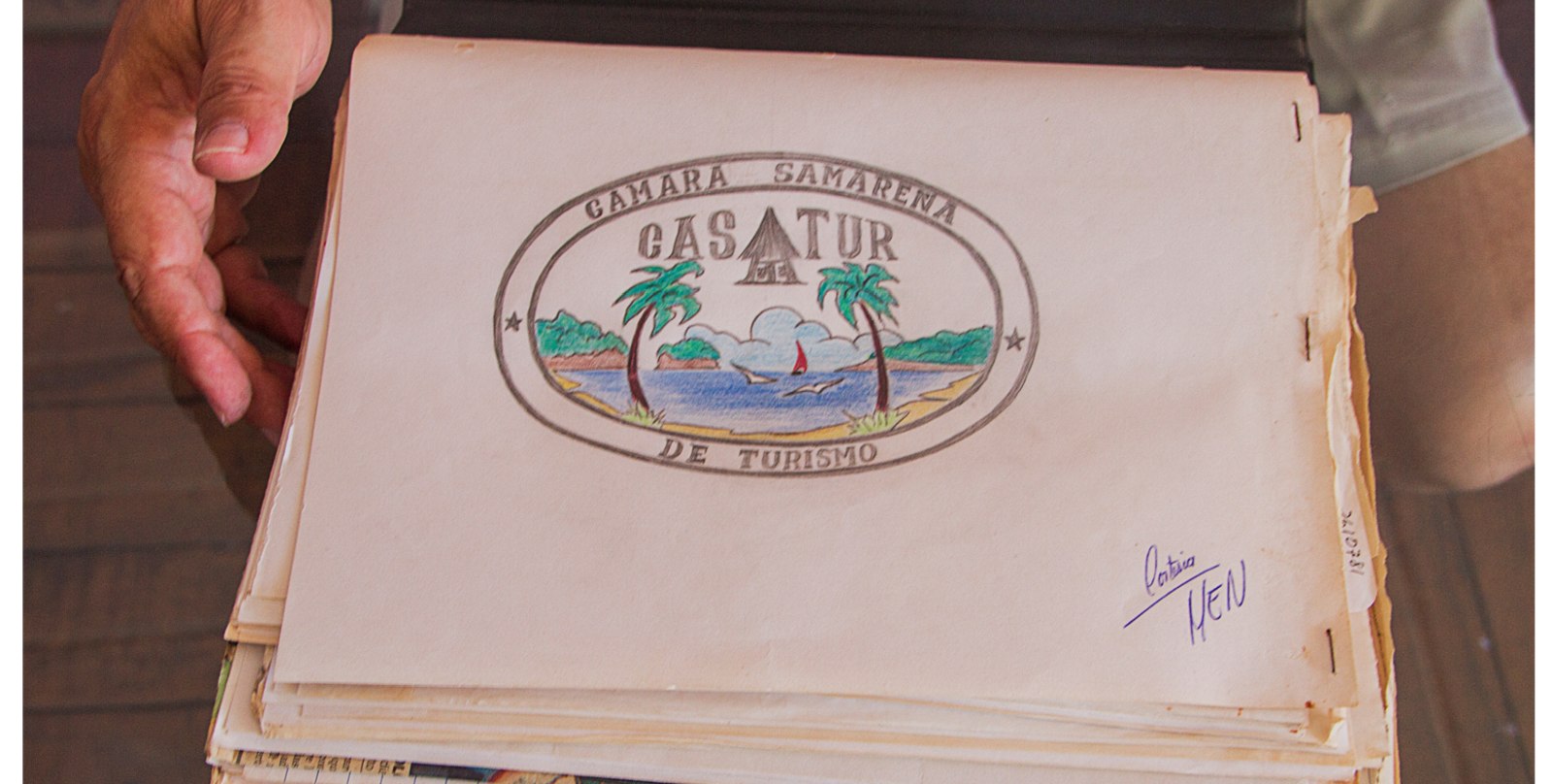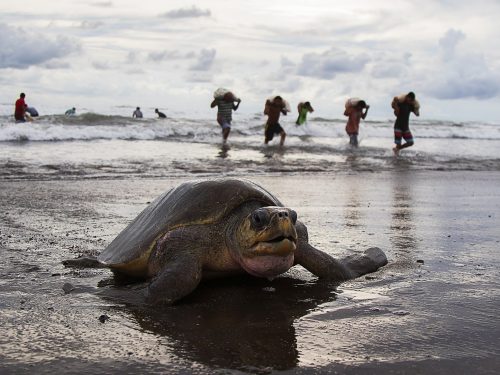
You don’t need dirt to grow a garden of organic vegetables and herbs. Hydroponics is a method of growing plants without soil, using mineral nutrient solutions in water as fertilizer.
The agricultural practice offers economic benefits, healthier food, no pesticide damage and high yields. It has been practiced in San Jose,Alajuela and in a very small scale also in Nosara . Now it is being introduced along the coast of Guanacaste through free courses from the National Learning Institute (INA- Instituto Nacional de Aprendizaje).
Francisco Abdallah Arrieta, the instructor for INA’s hydroponic crop production course, noted that there are challenges to practicing this type of cultivation in Guanacaste. For example, it can be hard to obtain the necessary fertilizers here. He brings them from San Jose for use in the course. Also, the hot climate is inconvenient since many of the plants are delicate and can scorch easily, so he recommends plants that are acclimated to the tropical climate.
Nevertheless, students taking the course are enthusiastic about using the method to plant gardens for their personal use and, if successful, to sell their produce.
Alfredo Briones Caravaca, who took the course offered in Ostional in December of 2012, planted lettuce, chives, cilantro, radishes, tomato and sweet peppers in mid-August and hopes to harvest some of his crops in about a month. He described the techniques as clean and beautiful and hopes his garden will benefit both him and the community.
Ten years ago, Claudio Avila Alvarado of Nosara took a course in hydroponics through the Ministry of Agriculture and Livestock (MAG) and later took a private course in Alajuela two years ago as a refresher. At first, he only practiced hydroponics on a small scale as an experiment, producing some food for his family, but a year ago, he began selling his products to local hotels. In November, his produce will be available for sale at the house of his father, Cuyo Avila, next to the airport. He raises a variety of produce, including cherry and pomodoro tomatoes, lettuce, arugula, kale, peppers, basil, mint, spearmint, cilantro, chives, cucumbers, radishes and more.
Basically, according to Abdallah, hydroponics consists of four elements: the plant or seed; the substrata, which can consist of many materials other than soil such as carbon, volcanic rock, sand, coconut fiber or rice chaff; the nutritional solution of fertilizers and hydroponic salts made to dissolve in water; and a recipient, which can be anything from a wooden bed to plastic tubes or bags or recycled material such as old bottles.
Sixteen people in Samara took the three-week hands-on course, which began on August 19, coordinated by CASATUR, the Samara Chamber of Tourism.
In a lot behind El Gusto Restaurant, next to Banco de Costa Rica, the students built garden beds and made hanging “columns.” One of the students, Alba Castillo, explained that the columns are special plastic bags called tubulars, filled with a substratum of coconut fiber and rice chaff. Plants are sewn vertically around the bag, and a plastic bottle is used to nourish the plants with a formula of mineral-based fertilizers in water.
Castillo and her classmates hope to put hydroponics into practice by planting their own gardens and, if successful, joining together to create a market to sell their produce.
Sonia Garcia Molina, who lives in the Cangrejal neighborhood of Samara, said that it has been hard for her to work, and she wasn’t able to finish her course of study because of lack of resources, so with this course she is hoping to apply what she learned to start a business.
Through the course, she said one of the most important things she learned is how personal hygiene affects agriculture, noting that hands should be clean so as not to contaminate the plants. In the course, she said they also learned to cultivate without using chemicals, using natural methods to disinfect and nourish the plants, as well as paying attention to the location of plants so they get the appropriate amount of light.







Comments